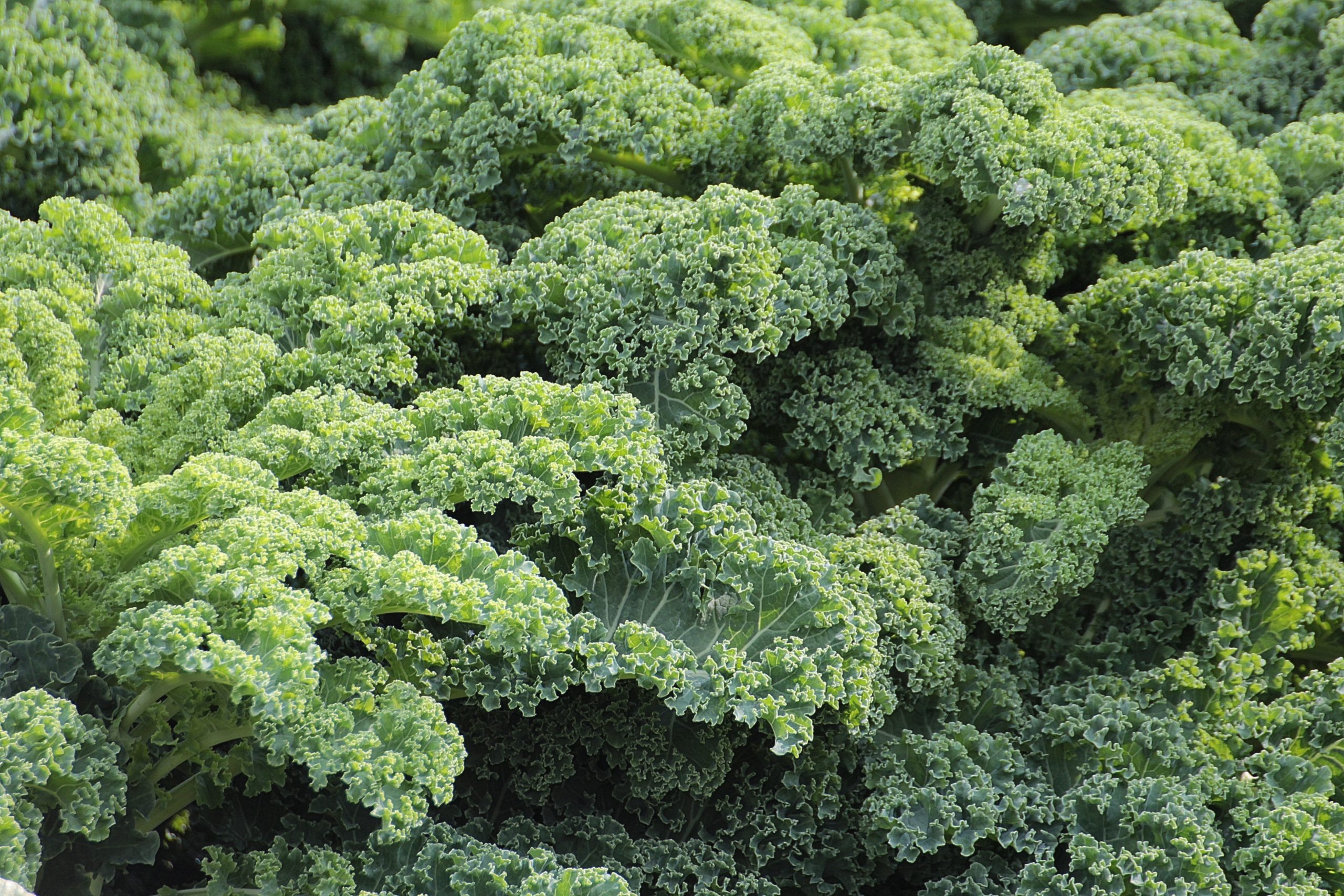Food Poverty
In the United Kingdom, the sixth wealthiest nation globally, food insecurity impacts over 5 million people. For most families, a job loss, illness, or other financial hardship can plunge them into food poverty or insecurity within just two months.
Fortunately, the Okehampton Food Bank is sustained by dedicated volunteers and a generous network of donors who provide the necessary resources. Food poverty encompasses both the cost and availability of nutritious foods within local communities.
The Department of Health considers food poverty as,
‘The inability to afford, or to have access to, food to make up a healthy diet.’
What is food poverty?
According to Professor Tim Lang, Professor of Food Policy, Centre for Food Policy, City University of London –
‘Food poverty is worse diet, worse access, worse health, and a higher percentage of income spent on food and less choice from a restricted range of foods.’
Professor Elizabeth Dowler Emeritus Professor of Food and Social Policy in the Department of Sociology at the University of Warwick has said, food poverty is
‘The inability to consume an adequate quality or sufficient quantity of food in socially acceptable ways, or the uncertainty that one will be able to do so.’
Causes and impact.
Food poverty can be triggered by a:
- crisis in finances and or
- personal circumstances.
For families where both parents work, lower wages that fail to keep pace with the rising cost of living can lead to a long-term inability to access or prepare healthy food.
Once triggered, food budgets are often the first thing to be cut. Money is spent on rent and fuel rather than on healthy food.
A poor diet can increase the risk of dietary illnesses and diseases due to the higher cost of healthy, nutritious foods compared to unhealthy options high in fat, salt, and sugar.
The effects are:
- Children who are unable to access free school meals during the holidays
- Individuals who are using food banks for the first time after a job loss
- Older people unable to prepare meals without support
- Parents on low incomes who skip meals so their children can eat
- People who suffer a debilitating illness
- People with no recourse to public funds who are excluded from most welfare support
- The terminaly Ill
All of these instances are a symptom of inadequate and insecure incomes. They highlight holes in the welfare safety net, increased living costs, rising debt, and financial problems for households living on lower incomes.
Family Resources Survey: financial year 2022 to 2023
In the 2019-2020 survey year, the Family Resources Survey (FRS) included new questions to assess household food security – that is, whether households have access to enough nutritious food to support an active, healthy lifestyle. In the survey year 2021 to 2022, the FRS asked further questions on food bank usage.
The proportion of food-secure households dropped from 92% in 2019-2020 to 90% in 2022-2023, a decline of 2 %. This represents the lowest level of food security since the FRS began tracking household food security in 2019-2020. In contrast, the proportion of food-secure households had been relatively stable in previous survey years.
Of the households in the South-West of England, 85% experienced a high level of food security with 7% being marginal and 8% having a low level of food security.
The proportion of households that used a food bank within the last 12 months has remained broadly stable, with there being an increase of 0.3 %, from 3.0% in 2021 to 2022 to 3.3% in 2022 to 2023. That does not seem a lot, but it is 2,145,000 people who had to use a food bank in 2022-2023.
Huge figures can numb the senses but, the number of people having to use a food bank in the UK last year was equivalent to 268 times the entire population of Okehampton.
The Okehampton Food Bank had to devote substantial resources to providing food assistance, given the increasing need in our community in 2023 and 2024.
The high demand has seriously drained our resources, and it will take time for us to recover. However, with the support of local people, a wonderful church network schools, and businesses in and around Okehampton, we will be able to continue helping those in financial difficulty obtain adequate, healthy food now and in the future.
